[Mobility Inside] Connecting Cars to the Internet via Telematics
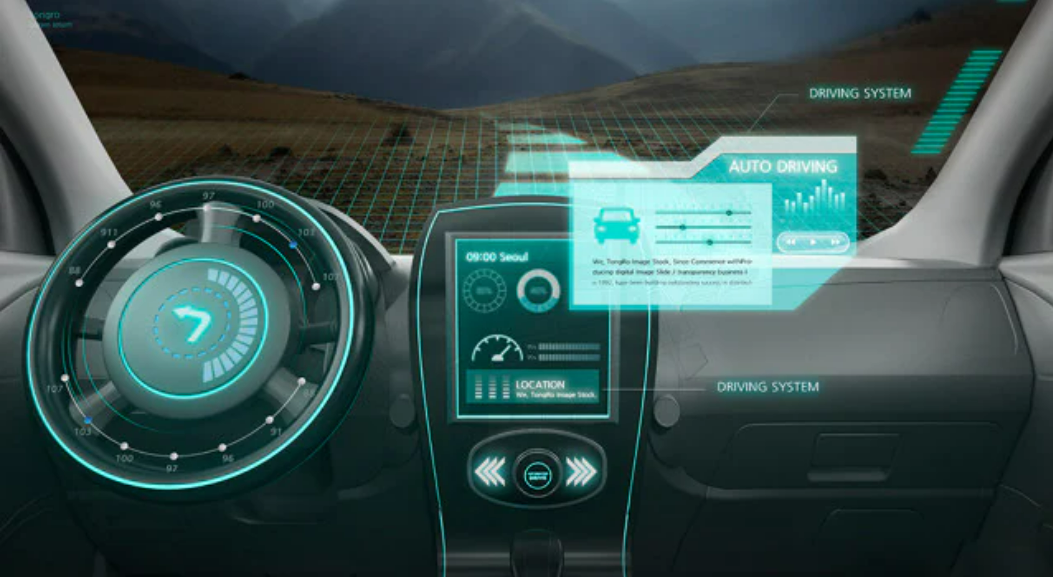
Communications technology works in devices like smartphones to offer us increased convenience, keeping us connected with friends and family and providing an endless source of entertainment.
This technology can also be applied to mobility. Like a smartphone, a vehicle is equipped with communications technology that connects it to the internet, enabling passengers to do more on the move through automotive displays that show key information including directions, driving information, nearby restaurants and the news.
The technology that connects cars to the internet is known as telematics.
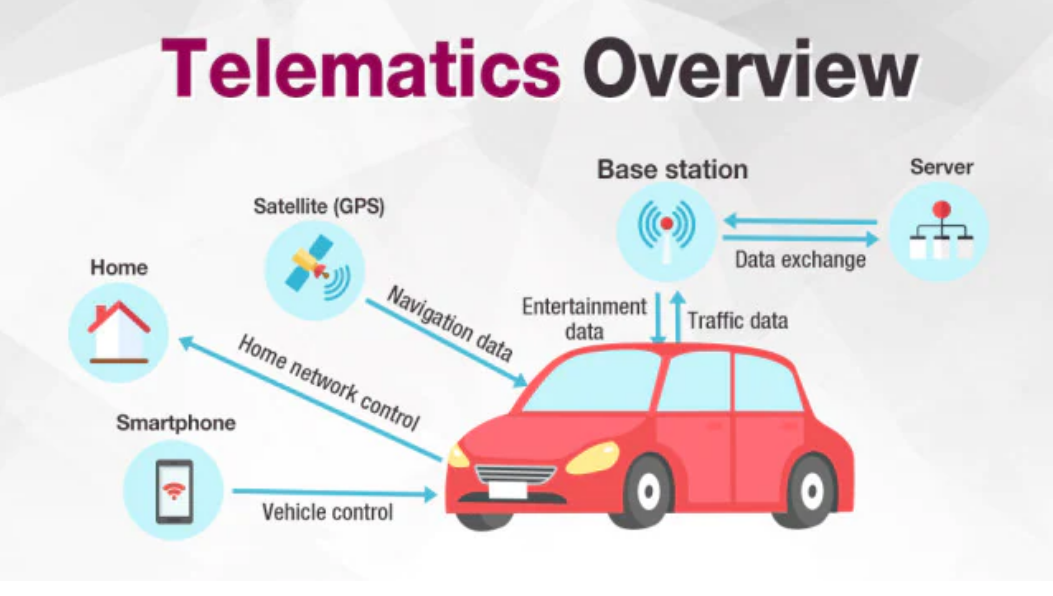
A portmanteau of ‘telecommunications’ and ‘informatics’, telematics refers to the use of on-board communications-enabled devices to store, send and receive information. A car collects data from various sources, including mobile networks, Global Positioning System (GPS), Location-based Services (LBS) and Intelligent Transportation Systems (ITS), which is then analyzed through telematics to provide the driver with all the info available.
So, why is telematics so important?
Core technology for autonomous cars
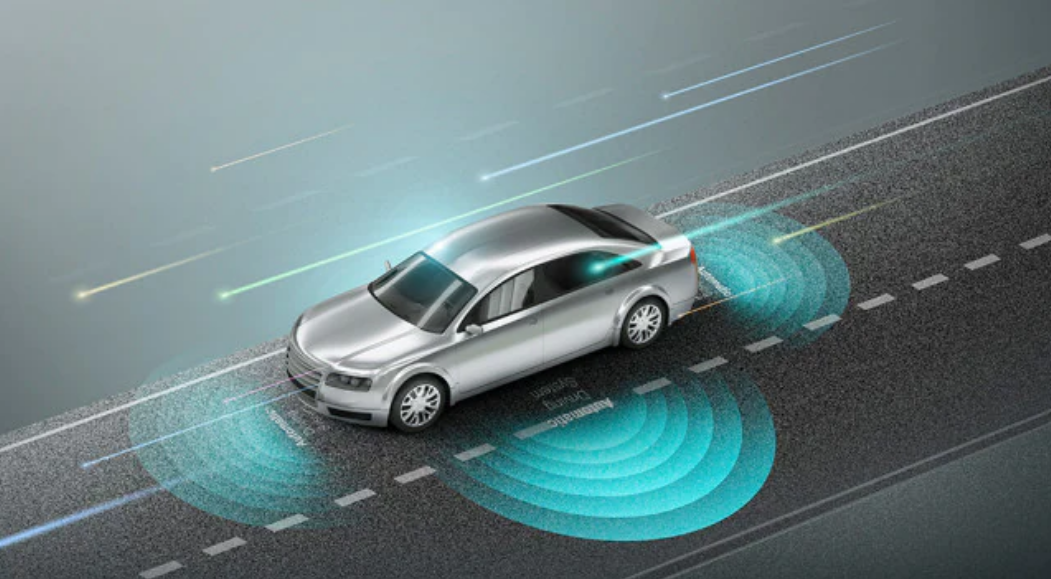
Autonomous cars must be able to operate without human intervention. With analysts predicting autonomous vehicles to generate as much as 40 terabytes of data every hour,* almost instantaneous communication is essential for self-driving cars to exist in a world that puts safety above everything.
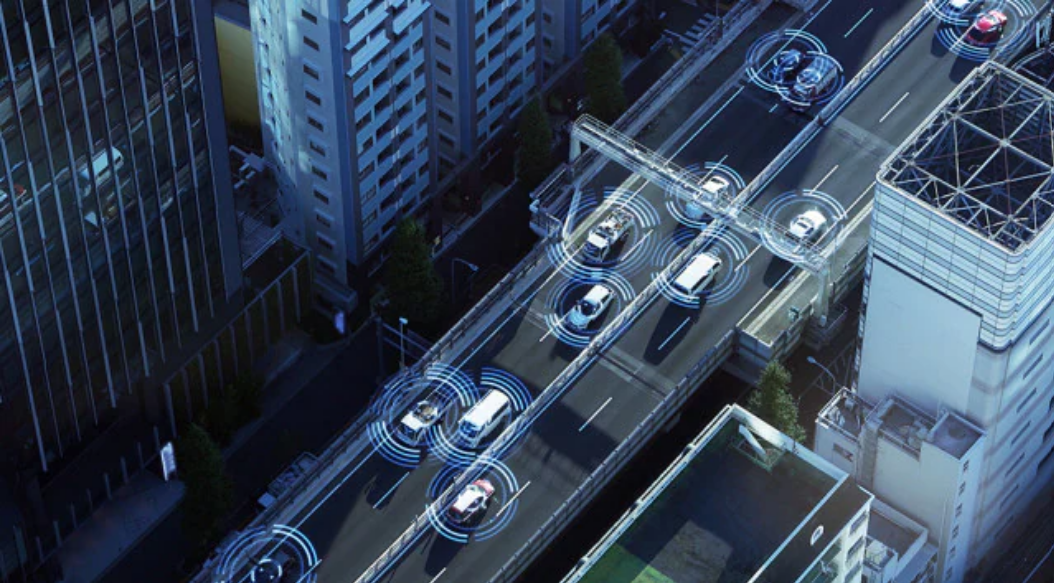
Autonomous cars need to be able to detect all kinds of information using several cameras installed onboard, including data on local traffic, traffic signals, other vehicles and in-cabin conditions. The information is then transmitted to the cloud where it’s analyzed to achieve fully automated driving, a process which is faster and more accurate thanks to telematics.
Real-time updates for cars
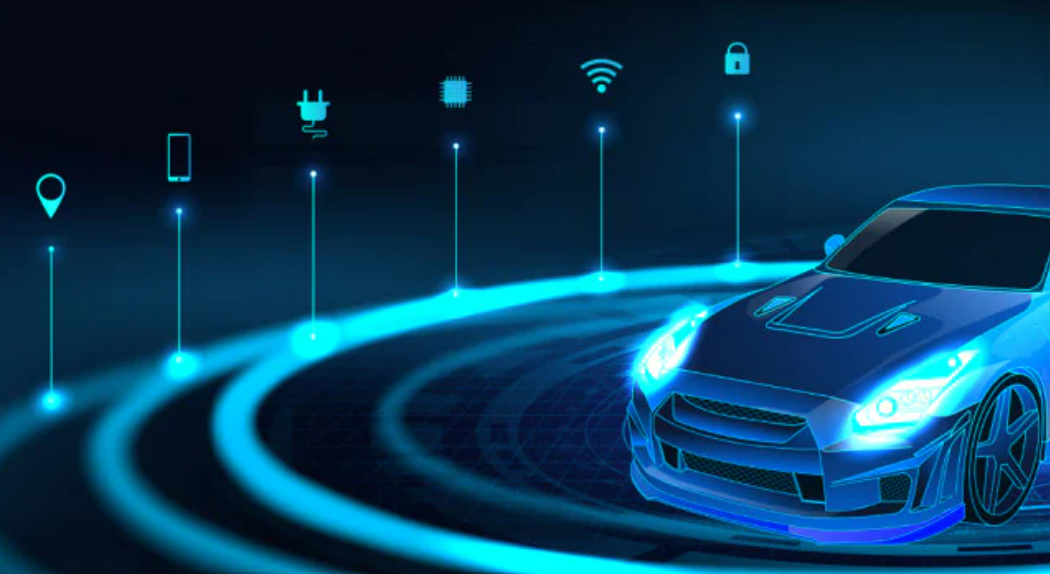
Over-the-air (OTA) automatically updates a car’s software via wireless communications, reducing the need for service center visits for repairs or replacements and meaning new services that weren’t available at purchase can be added later.
With the modern car constantly evolving, communication with servers containing upgrade data must be seamless so that cars can automatically check for and apply updates and menus as soon as they become available. Telematics ensures this fast and accurate communication without error.
Connect via the internet

With most of today’s devices having access to the internet, we’ve already experienced how internet connectivity enhances convenience in many ways. In fact, we have come to trust and rely on communications to a point where we almost can’t live without it.
The same applies to the automotive industry, which is why Wi-Fi-enabled cars are on the rise. From receiving traffic guidance and requesting assistance during emergencies, to tracking the locations of stolen vehicles and sending high-resolution videos, telematics brings various features together to make the driving experience safer, easier and more enjoyable.
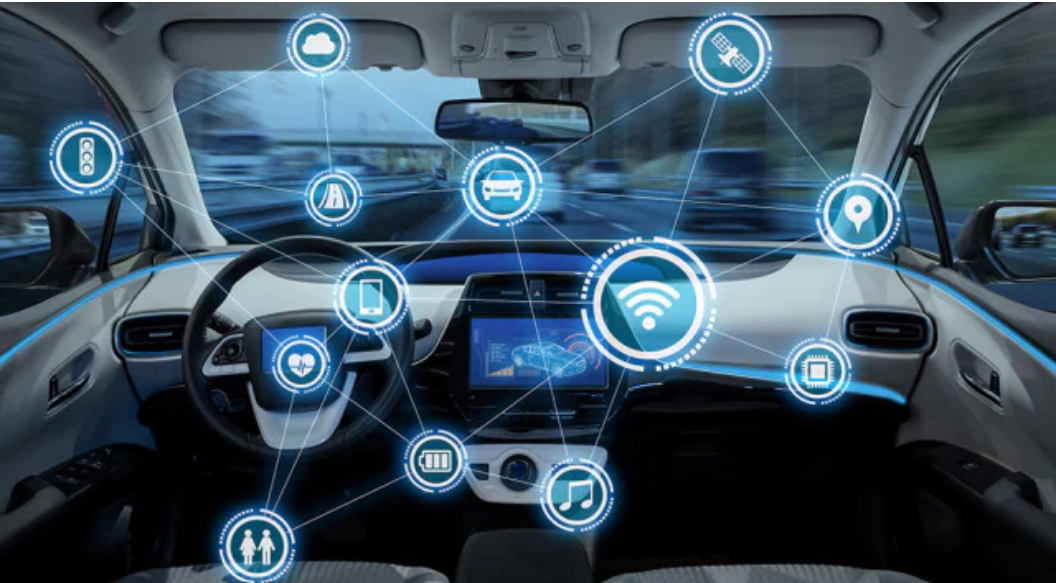
As we enter the 5G era, a more diverse and differentiated in-vehicle experience is on its way. However, reliable telematics will be key to ensuring a stable 5G connection as well as the outstanding quality of services like autonomous driving, vehicle-to-everything (V2X) systems and connected cars.
To prepare for what’s to come, LG Electronics’ Vehicle component Solution (VS) Company has been focused in on the R&D of its telematics for several years. For example, LG partnered with GM in 2015 to develop the Chevrolet Bolt EV’s telematics system, collaborated with Intel in 2016 to develop and pilot 5G telematics technology and teamed up with Qualcomm in 2017 to jointly develop next-generation connected car solutions.
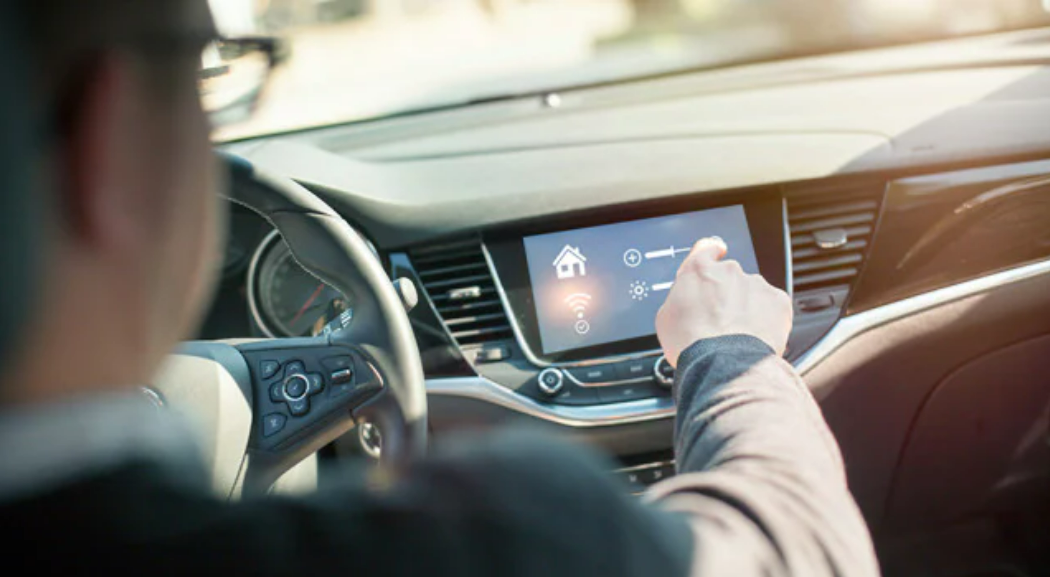
To carry this momentum on, LG will continue to work with global partners to develop the telematics systems offering the most enhanced convenience and safety to millions of drivers the world over.
# # #
* https://www.bloomberg.com/news/articles/2021-09-17/carmakers-look-to-satellites-for-future-of-self-driving-vehicles
